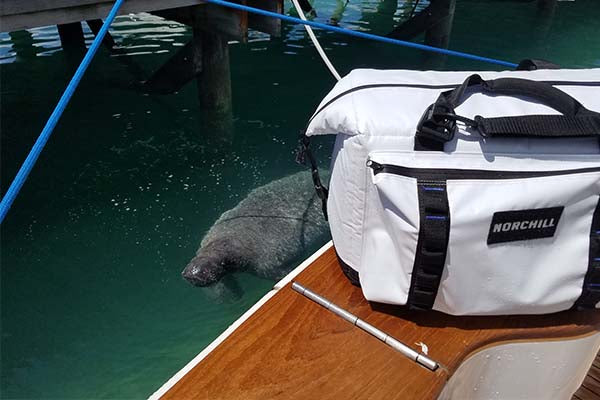
When it comes to keeping your food and beverages cool on outdoor adventures, there are two main options to consider: soft-sided coolers and hard-sided coolers. Each type has its own advantages and is suited for different situations. In this article, we will compare the two and help you determine when to use a soft-sided cooler bag or a hard cooler.
Soft-Sided Cooler Bags: Lightweight and Portable
Soft-sided cooler bags, such as the ones offered by NorChill Coolers, are a popular choice for outdoor enthusiasts due to their lightweight and portable design. These coolers are constructed with flexible materials, which allows them to be easily folded and carried. Here are some situations where a soft cooler bag might be the better option:
1. Day Trips and Picnics
When going on day trips or having picnics, soft cooler bags are perfect companions. Their lightweight nature makes them easy to carry and can be slung over your shoulder or carried like a backpack, leaving your hands free to carry other essentials. These coolers are typically smaller in size, making them ideal for packing lunch or snacks for a few people.
2. Camping and Hiking
If you're going on a camping or hiking trip where you need to walk long distances, a soft cooler bag is a great choice. The lightweight construction allows for easy transportation, and you can even strap it onto your backpack. Soft coolers are also flexible, so they can fit into tight spaces in your camping gear, maximizing the use of available storage areas.
3. Fishing and Boating
Soft cooler bags are often preferred by fishermen and boaters. They are usually made with waterproof materials that can withstand splashes and protect your food and drinks from getting wet. Soft coolers can easily fit in small boats or kayak compartments, making them an excellent choice for water-based activities.
Hard-Sided Coolers: Durability and Ice Retention
Hard-sided coolers are known for their durability and excellent ice retention capabilities. These coolers are built with thick insulation and sturdy exteriors, ensuring a prolonged cooling effect. Here are some situations where a hard cooler might be more suitable:
1. Extended Camping Trips
If you're planning a longer camping trip or need to store perishable items for an extended period, a hard cooler is a wise investment. These coolers can maintain low temperatures for days, ensuring your food stays fresh and safe to consume. The extra insulation and robust construction of hard coolers make them ideal for handling the demands of extended outdoor stays.
2. Road Trips and Tailgating
When it comes to road trips or tailgating, a hard cooler is a reliable choice. Its rugged construction can withstand rough handling during transportation and provide better protection for fragile items. Additionally, hard coolers often come with convenient features like cup holders and built-in bottle openers, adding to the convenience of your outdoor gatherings.
3. Hunting and Off-Roading
For hunting trips or off-roading adventures, a hard cooler is essential. These coolers are built to withstand challenging environments, including rough terrains, extreme temperatures, and potential encounters with wildlife. Their sturdy construction ensures your supplies are well-protected and can withstand the rigors of outdoor expeditions.
Conclusion
Both soft-sided cooler bags and hard-sided coolers have their advantages and are designed for different purposes. If you value portability and convenience, a soft cooler bag is the way to go. On the other hand, if durability and ice retention are your top priorities, a hard cooler is the better option. Consider your specific needs and the planned activities to determine which cooler type is most suitable for your next adventure!

